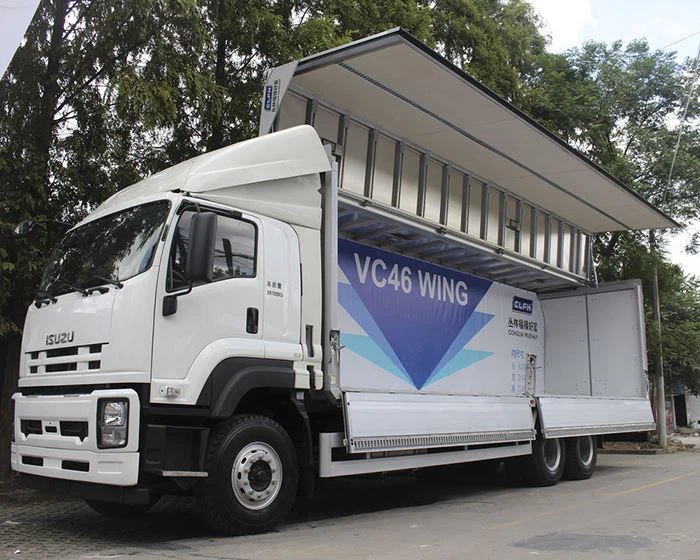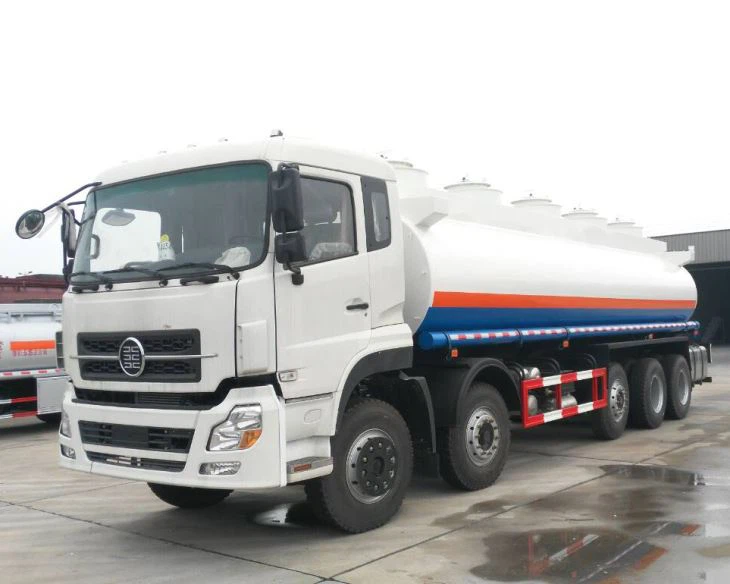Light Duty King: Your Ultimate Guide to Choosing the Right Light Duty Truck

Introduction
The light duty king refers to the best options in the light-duty truck segment that combine power, efficiency, and comfort. With many models on the market today, it can be overwhelming to find the perfect fit for your needs. This comprehensive guide explores the world of light duty trucks, providing insights, practical examples, tips, and recommendations to help you make the best choice. Whether you are using it for work, play, or daily commuting, knowing what to look for can help you find the light-duty truck that truly reigns as a “king” in its category.
What is a Light Duty Truck?
Light duty trucks are vehicles designed to handle lighter loads and less demanding conditions compared to their heavy-duty counterparts. Typically rated up to 6,000 pounds, these trucks are ideal for tasks such as transportation, light towing, and off-road activities.
Characteristics of Light Duty Trucks
- Weight Rating: Typically up to 6,000 pounds.
- Engine Types: Gasoline or diesel engines, often with smaller displacement than heavy-duty trucks.
- Fuel Economy: Generally offer better fuel efficiency than heavy-duty options.
- Size: Smaller in size, making them easier to maneuver in urban environments.
Popular Models of Light Duty Trucks
Some of the most popular light duty trucks include:
| Model | Engine Type | Towing Capacity | Fuel Economy |
|---|---|---|---|
| Ford F-150 | Gasoline/Diesel | Up to 14,000 lbs | 20-26 MPG |
| Chevrolet Silverado 1500 | Gasoline/Diesel | Up to 13,300 lbs | 19-24 MPG |
| Ram 1500 | Gasoline/Diesel | Up to 12,750 lbs | 20-23 MPG |
| Toyota Tundra | Gasoline | Up to 10,200 lbs | 18-23 MPG |
Why Choose a Light Duty Truck?
Light duty trucks offer numerous advantages that make them appealing to various users.
Versatility
These trucks can be used for multiple purposes, including commuting, recreational activities, and light towing. Their ability to transition between everyday tasks and more demanding jobs makes them a top choice for many drivers.
Improved Fuel Efficiency
One of the significant advantages of light-duty trucks is their fuel efficiency compared to heavy-duty models. This attribute helps save on fuel costs, making them more economical for daily use.
Enhanced Maneuverability
Light duty trucks are generally smaller, providing easier navigation in congested urban environments. Their smaller size allows for better parking options and reduced difficulty when driving in tight spaces.
Key Features to Look For in a Light Duty Truck
When searching for the perfect light duty truck, consider the following features:
Engine Performance
Assess the engine’s horsepower and torque, as these factors impact towing and hauling capabilities. It’s essential to choose an engine that meets your specific needs, whether for work or personal use.
Towing and Payload Capacity
Understand the towing capacity needed for your tasks. Light duty trucks typically offer significant towing capabilities, but it’s essential to match it with your requirements.
Interior Comfort
Spend some time examining the truck’s interior features such as seating, dashboard layout, infotainment systems, and storage solutions. A comfortable interior is crucial for long journeys and daily commutes.
Safety Features
Look for advanced safety technologies, including collision detection, lane-keeping assistance, and adaptive cruise control. These features enhance safety for both drivers and passengers.
Examples of Practical Use Cases for Light Duty Trucks
Light duty trucks can serve a multitude of functions. Here are some practical examples:
Construction Work
Contractors often require a reliable truck for transporting materials and tools to job sites. A light duty truck can handle these tasks efficiently while still being comfortable for daily driving.
Outdoor Adventures
Whether it’s camping, fishing, or off-roading, light duty trucks can provide the necessary power and space to carry gear while offering a smoother ride than heavy-duty options.
Daily Commuting

For those who prefer a truck for everyday use, light duty models provide ample comfort and fuel efficiency. These vehicles are suitable for navigating city traffic while maintaining the ability to carry additional loads when needed.
Maintenance Tips for Your Light Duty Truck
Proper maintenance is crucial for the longevity and performance of your light duty truck. Here are some tips:
Regular Oil Changes
Change your oil every 5,000 to 7,500 miles, depending on your driving habits and the manufacturer’s recommendations. Clean oil ensures smooth operation and extends engine life.
Tire Care
Regularly check tire pressure and tread depth. Rotate your tires every 6,000 to 8,000 miles to promote even wear and prolong tire life.

Brake Inspections
Keep an eye on your brakes. If you hear loud noises or feel vibrations when braking, have them inspected immediately. Regular brake maintenance helps ensure your vehicle is safe to drive.
Financing Your Light Duty Truck
Purchasing a light duty truck often requires financing. Below are practical tips for financing:
Determine Your Budget
Before visiting dealerships, assess your finances to set a budget. Factor in not only the truck’s price but also maintenance, insurance, and fuel costs.
Explore Financing Options
Compare financing offers from banks, credit unions, and dealership financing. Review interest rates, terms, and monthly payments to ensure you find the best option.
Understand Loan Terms
Read the fine print on loan agreements. Pay attention to interest rates, payment schedules, and any potential hidden fees. Understanding these terms can save you money in the long run.
Environmental Considerations
Choosing a light duty truck also comes with environmental considerations:
Fuel Type
Consider the fuel type when making a selection: gasoline engines may emit more pollutants than clean diesel options. There are also hybrid and electric options available in the light duty category.
Emissions Ratings
Review the emissions ratings for different models. Opting for a truck with better emissions ratings contributes positively to environmental sustainability.
Light Duty Truck Rankings for 2023
Based on performance, user feedback, and expert reviews, here are the top light duty trucks for 2023:
| Rank | Model | Pros | Cons |
|---|---|---|---|
| 1 | Ford F-150 | Versatile, advanced technology, excellent towing capacity | Higher starting price |
| 2 | Chevrolet Silverado 1500 | Multiple engine options, comfortable interior | Less nimble than some competitors |
| 3 | Ram 1500 | Best-in-class interior quality, smooth ride | Less fuel-efficient than some rivals |
| 4 | Toyota Tundra | Reliability, strong resale value | Fewer engine choices |
FAQs about Light Duty Trucks
What is the difference between light duty and heavy duty trucks?
Light duty trucks typically have a lower payload capacity (up to 6,000 lbs) and are designed for less demanding tasks than heavy-duty trucks, which can handle heavier loads and more intense usage.
How do I choose the right engine for my light duty truck?
Consider how you plan to use the truck. For regular commuting with occasional towing, a smaller engine may be sufficient. If towing and heavier loads are involved, opt for a truck with a more powerful engine.
Are light duty trucks good for off-road driving?
Many light duty trucks are designed with off-road capabilities. However, it’s essential to choose a model that includes features like four-wheel drive and off-road tires if you plan to use it in rugged terrain.
Can I customize my light duty truck?
Yes, light duty trucks often offer a range of customization options, including lift kits, tires, performance upgrades, and aesthetic modifications. Always consult professionals for major customizations.

What should I look for in a used light duty truck?
Check the truck’s maintenance history, inspect for rust and damages, and test drive to assess engine performance and comfort. Ensure to submit a vehicle history report to confirm no major issues.
How can I improve the fuel economy of my light duty truck?
Regular maintenance, avoiding unnecessary weight, maintaining proper tire pressure, and driving conservatively can improve your truck’s fuel economy.
